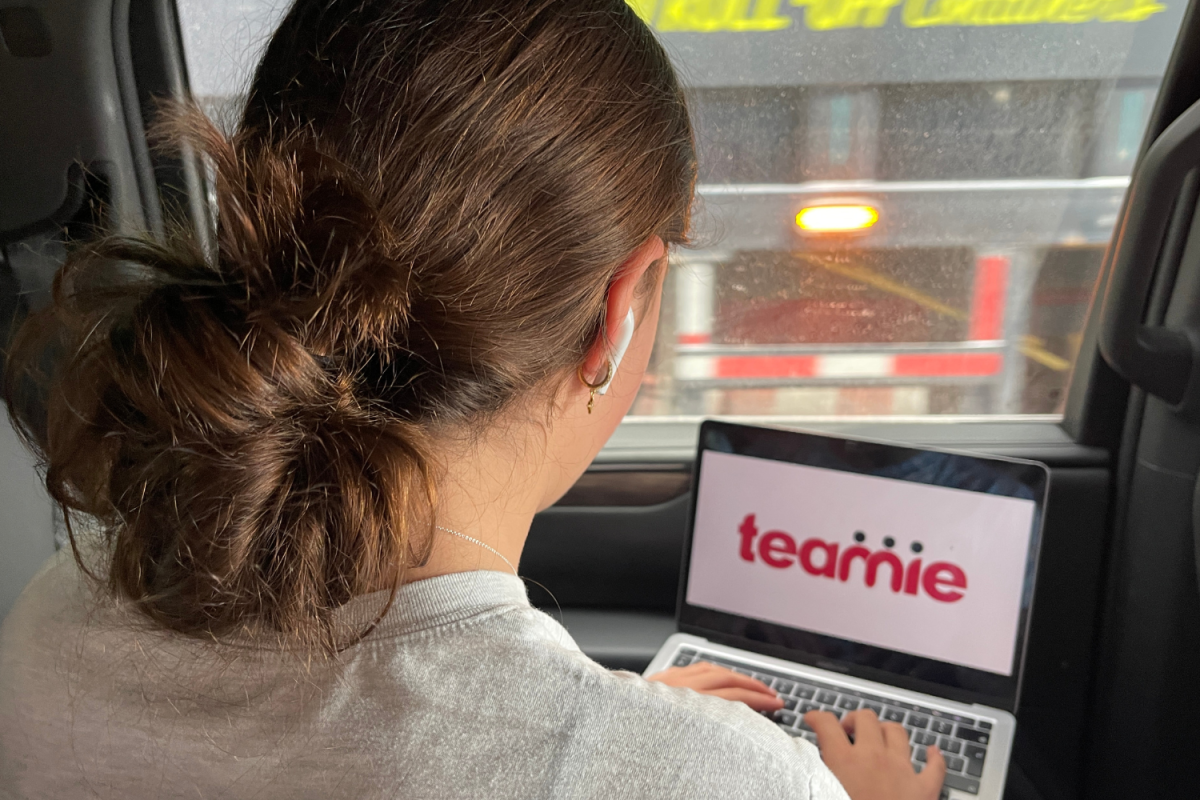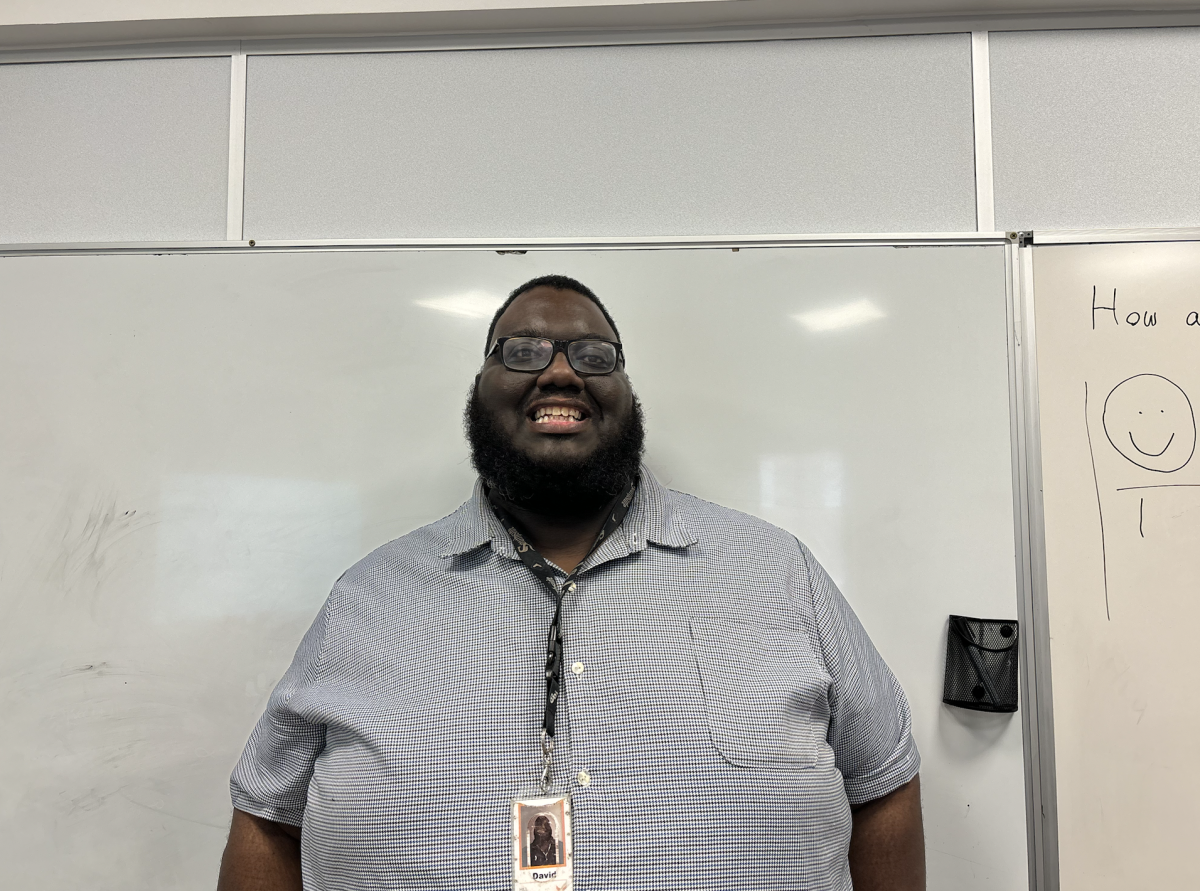EDITOR-IN-CHIEF FARES CHEHABI explores the implications of ASL’s next step into the digital age, the Bring-Your-Own-Laptop program.
It has become clear that ASL is ready to embrace the digital age like never before. Undoubtedly, the appointment of an Interim Principal with a background in technology – Jack Phillips served as a technology coordinator at Phoenix Country Day School from 2008 to 2010 – and the hiring of an Integration Specialist to effectively usher in the incoming Bring Your Own Laptop (BYOL) program serve as strong indicators of ASL’s more encompassing approach to technology. The implementation of the BYOL program, which will begin in conjunction with the commencement of the 2013-2014 school year, has generated plenty of discussion concerning its necessity and its purpose in particular.
The process of implementing the BYOL program, which has been subject to discussion by members of the administration, Technology Coordinator Mariam Mathew, Middle School Technology Coordinator Colin Bridgewater and Director of Operations and Technology Jim Heynderickx for the last two years, was described by Mathew as “an evolution of ideas and models and concepts and discussions.”
Students also had their say on the implementation of the BYOL program. “Once the technology administrators of the school developed the idea for the one-to-one laptop program, Ms. Mathew came to Student Council meetings to introduce the idea and hear the initial thoughts, concerns, and ideas of the representatives,” Student Council Public Relations Representative Elizabeth Robertson (’14) said. “The Student Council then became more specifically involved in the laptop program through our Technology Committee, which meets with Mathew in order to help express the needs of their respective grades.”
Student Council representatives are awaiting the results of a survey of all High School students conducted by Mathew concerning the BYOL program. The results will be interpreted and discussed by Mathew and Student Council representatives, who will remain involved in the development of the BYOL program after its implementation.
High School Principal Paul Richards, who oversaw the process of implementing the BYOL program, clarified the program’s purpose. “It’s completely to do with the fact that if we don’t incorporate technology into your daily experience educationally, we’re actually doing students a disservice. We’re missing a lot of learning opportunities, we’re missing of a lot of opportunities for collaboration between students, their connecting to the world and the resources out there,” he said. “We’re also not setting you up as well as we should for what you’re going to be asked to do as young professionals.”
Additionally, lateness was significant in bringing the realization of the BYOL program forth. “In the big picture, in the wave of technology, we’re kind of at the end of that wave. We’ve jumped on at a later point than most schools, but it’s now time to jump on,” Richards said. “We can no longer just allow [the incorporation of technology] to be organic … there has to be a system that supports it.”
Director of Curriculum and Instruction Roberto d’Erizans called attention to the importance of uniformity across the school when considering the BYOL program’s necessity. “In looking at it from a K-12 piece, for a long time it has made no sense that we have a structured one-to-one laptop program in the seventh and eighth grade and then nothing in the ninth grade. Why do we believe in it then and not later?” he said. “The same thing is happening in the Lower School, where we’re piloting iPads in the fourth grade, but then what are [students] going to do in the fifth grade?”
The BYOL program’s only real requirement of students is that they bring a laptop and its charger to school every day, entailing that the checking out of laptops from either the Tech Office or the Mellon Library will become a virtually defunct practice, but students who forget their laptops at home or whose laptops are broken may still check out a laptop. Richards described the laptops as items that should be considered a part of a student’s everyday inventory. “Laptops are a tool, just like pencils or books are tools. It’s just part of what students need every day,” he said.
Heynderickx hopes that the BYOL program will create a learning environment similar to the one found in higher learning institutes. “In colleges and universities, it is common for students to own and carry their own laptops and handheld-devices. This allows students to decide which tools are best for them, and when and how to use those tools,” he said. “We want to create a similar environment at ASL, and the check-out laptops are a hindrance. They are less flexible, less reliable, less available, less efficient and less individual than personally-owned laptops.”
In addition to better supplying students with effective learning tools than before, the BYOL program provides Mathew with hope that discussion regarding digital ethics will be fostered. “In high school, we talk about relationships and substance abuse … very mature things that are crucial to students’ lives and their futures. Their digital lives are just as important, and I think it’s important that students have an opportunity to consider things like copyright, talk about privacy, consider issues of their futures related to what their digital footprint looks like,” she said. “All of these different things become more in the forefront when you have a laptop program than when you don’t.”
As with the introduction of most learning-based programs to the school, a period of transition, experimentation and difficulty can be expected with the BYOL program. Mathew is aware of the worries associated with the program’s first year but has faith that its potential benefits will be realized. “I think there’s a concern now that [the laptops] won’t be used much, and that’s always a concern especially as you’re getting going. Maybe the first year will be tough, but I think as time goes on people will find uses and find ways [to incorporate the laptops]. The magic happens when the tools are there,” she said.
A year of transition with laptops, however, is considered anything but new by Heynderickx. “In some ways, we’ve had many transitional years to using one-to-one laptops already in the High School. Not only have we had the loaner laptops, but also a large percentage of students already bring in their own laptops on a daily or weekly basis,” he said. “What is exciting about next year is that faculty can assume that all students will have ready access to laptops each day, which will enable more routine and integrated uses when needed. Increasing the focus and benefits of that availability will always evolve as time and skills develop.”
Bridgewater, who is in his fifth year overseeing a 10-year-old school-owned laptop program in the Middle School, said that a “learning curve” can be expected with the BYOL program. “You’re going to have some classes and teachers who are going to just grab the bull by the horns and they’re going to do amazing things from day one, and you’re going to have other teachers and classes that will take some time to figure out the best way to use the technology in the classes,” he said. “Even 10 years into [the Middle School laptop] program, we still have a variety of teachers using the laptops in a variety of different ways.”
Indeed, Richards expressed High School teachers’ differing levels of comfort with the implementation of the BYOL program. “Maybe a third of the teachers are already in a really good place [concerning technology], a third of the teachers are really going to have to work hard at it because it’s still kind of scary to them, and a third of the teachers are just motoring along and will make good progress,” he said.
Although d’Erizans will continue his curricular collaboration with teachers next year, he indicated that he would not force the use of technology upon them. “I would never go to a teacher and say, ‘You’re not using technology, use it now.’ I would say, ‘Tell me what you’re doing … Google Docs might be a cool way to collaborate,’” he said.
The issue of distraction was inevitably a topic of consideration while the process of implementing the BYOL program was being discussed. Bridgewater, though, downplayed technology’s role in the distracting of students from their work. “Students who get distracted in class are going to get distracted whether they have a laptop or not. So, I don’t know that a student daydreaming off into space is any better or worse than a student who’s cruising the Internet when a class is boring,” he said. “I think technology is often an easy scapegoat when either students get distracted or aren’t doing what they’re supposed to be doing.”
The future following the BYOL program leaves a plethora of possibilities up in the air when taking into account the rapidly changing and increasingly flexible role of technology in the modern world. Richards speculated that an iPad program may follow and highlighted the practicality of the fact that the BYOL program does not require any monetary outlay on the school’s behalf, although financial aid may still be requested. “Two years from now there may be a different program, maybe a bring your own iPad program. [The BYOL program] allows us some flexibility so that we’re not spending hundreds of thousands of pounds on some hardware that we then regret,” he said.
Mathew, meanwhile, foresees the school moving toward “more and more mobile and fluid” technologies. “I do see, probably, the evolution of a laptop to the hybrid where you could also use [the laptop] as a tablet. Therefore, maybe, some of the kinds of things that we can see with iPads and some of the things we do with laptops can merge, and you can have both worlds,” she said. “Phones might cut it … you could dock it, take the phone and make a virtual keyboard on any flat surface.”
The nearing launch of the BYOL program has led to tentative discussion regarding a rethinking of graduation requirements. “We’re starting to think that having a half-credit technology requirement doesn’t make sense, that what’s more important is students that have a baseline of skills … how to do a good search, how to use online forums or social media appropriately,” Richards said.
Hamish Stephenson contributed to reporting.
fares_chehabi@asl.org




